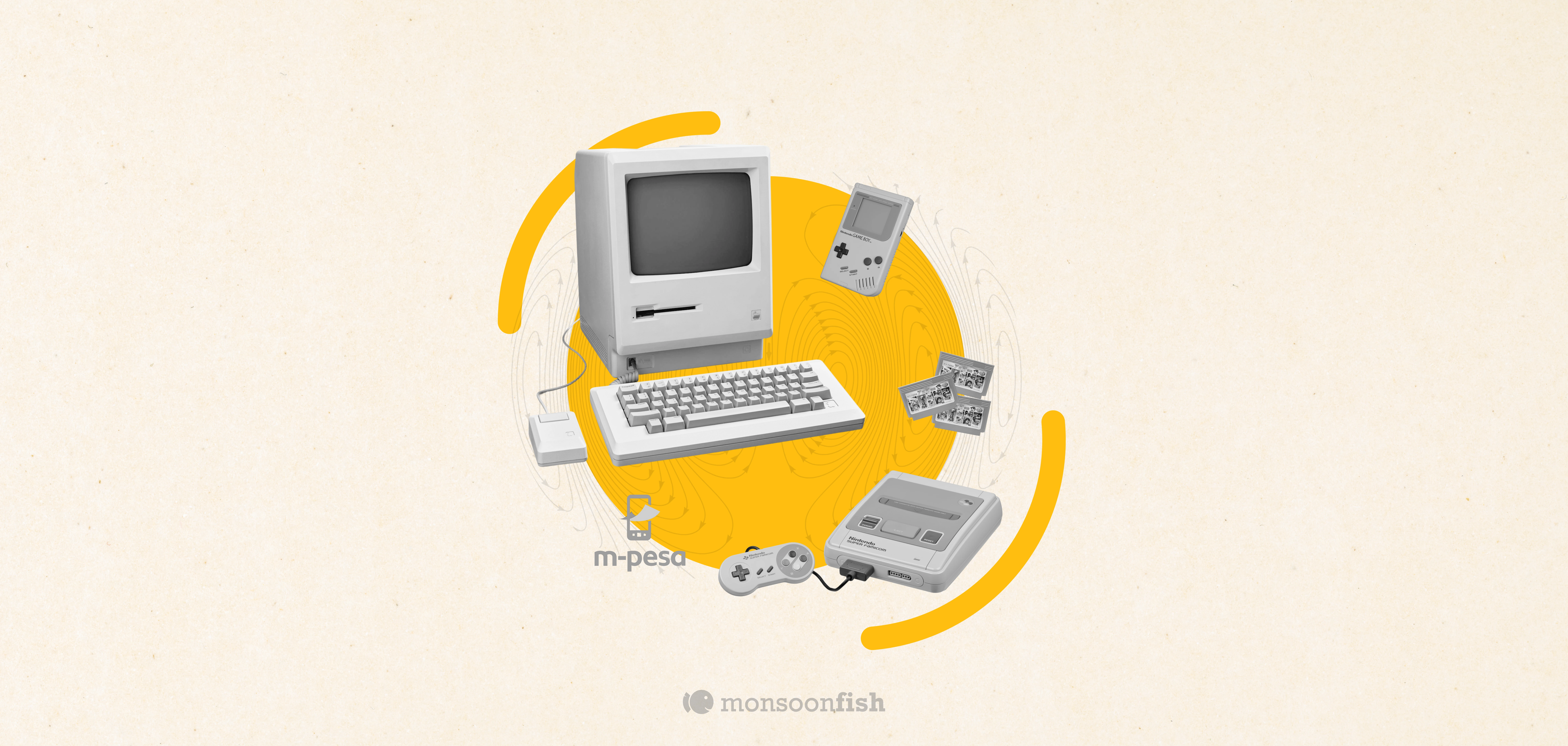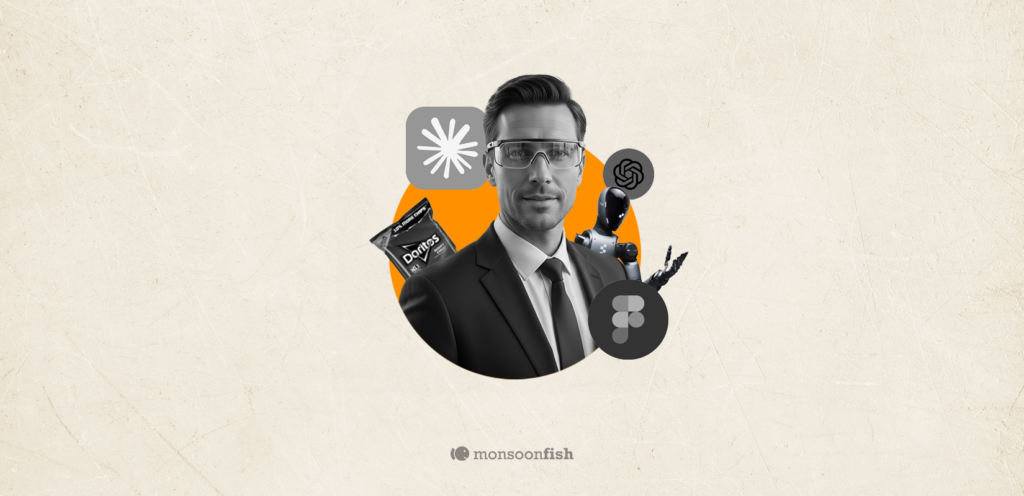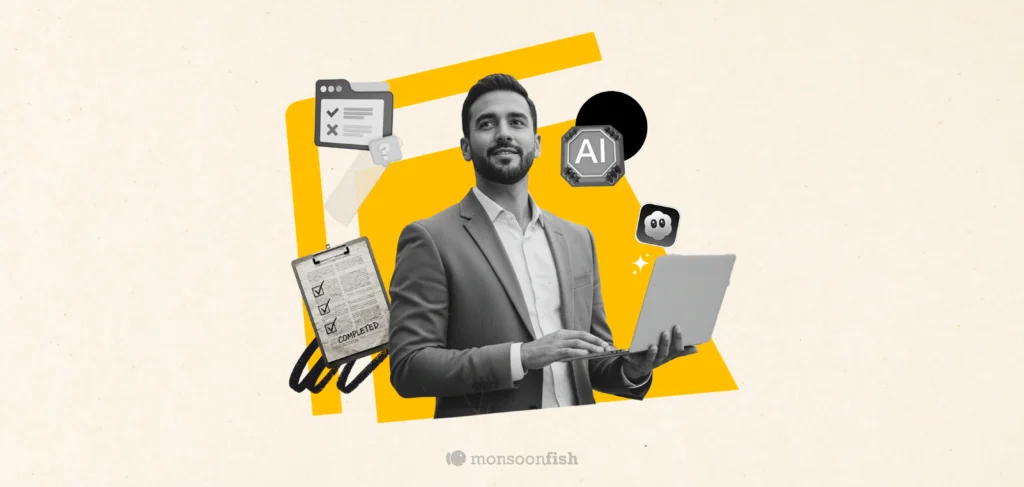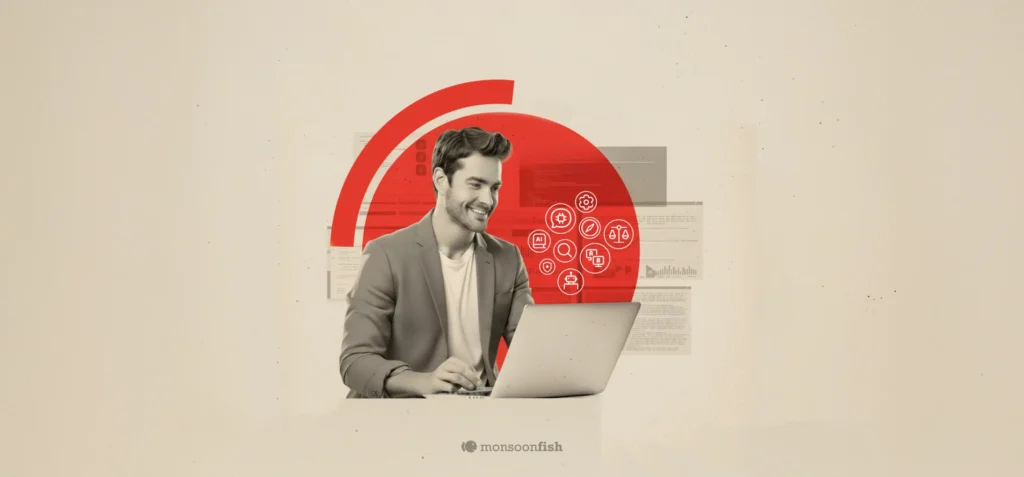How the 1980s “Downloaded” Games Without the Internet
Discover the top 10 product design trends for 2025 shaping UX, innovation, and user engagement. Stay ahead with insights on the future of design.

Today, software downloads happen effortlessly and streamed seamlessly through high-speed networks. But rewind to the early 1980s, and the digital landscape was radically different and undeniably more fascinating.
Back then, computers like the Commodore VIC-20 were cutting-edge, yet distributing games was a challenging puzzle. Floppy disks were rare and expensive, CDs didn’t exist, and the internet was pure science fiction. How, then, did video games reach eager players?
Surprisingly, the answer came through the radio.
Transforming Radio Signals into Digital Entertainment
Broadcasters transmitted video game data as analog audio signals—essentially digital code hidden within sounds. Users carefully recorded these audio patterns onto ordinary cassette tapes, transforming radio broadcasts into tangible software. Later, these tapes would be loaded into home computers, turning strange noises into pixelated worlds full of adventure.
This wasn’t just a clever workaround—it was a brilliant way to navigate real-world limitations. It illustrates that innovation isn’t stopped by barriers; instead, it often takes a creative detour, discovering new and unexpected ways forward.
How Limitations Make Way for Groundbreaking Innovations
Far from hindering innovation, constraints can be a catalyst for creativity. The radio-cassette system forced creators to rethink distribution entirely, using familiar household items—radios and cassette players—to deliver software. By tapping into existing behaviors, innovators turned a limitation into an opportunity, rapidly increasing technology adoption.
This pattern is common throughout history. Consider Netflix, which initially operated as a DVD-by-mail service, circumventing bandwidth limitations that made video streaming impractical at the time. Once internet speeds improved, Netflix seamlessly shifted its model, revolutionizing media consumption. Similarly, Airbnb leveraged a shortage of affordable hotel rooms during peak traveling seasons by turning everyday homes into temporary lodging, redefining the hospitality industry.
Markets Create Solutions
Businesses always find ways to deliver products when the demand is strong enough—even if it means challenging existing norms. During the Great Depression, when purchasing power was minimal, businesses innovated layaway payment systems, allowing consumers to pay incrementally. This simple yet powerful innovation unlocked purchasing opportunities for millions.
In recent years, smartphones have transformed how products reach markets, even in areas lacking formal infrastructure. In many developing countries, mobile money platforms like M-Pesa turned basic mobile phones into powerful banking tools, bypassing traditional banking entirely. This innovation filled a pressing market need and reshaped financial inclusion worldwide.
Not Despite the Constraints—Because of Them
The story of radio-transmitted video games isn’t just a curious relic of a bygone tech era—it’s a vivid reminder that creativity often emerges when options are limited. When tools are scarce, when infrastructure is missing, when the rules haven’t been written yet—that’s when real invention happens.
And while today we’re surrounded by powerful AI models, near-limitless computing, and global distribution platforms, the need for this kind of problem-solving hasn’t gone away. In fact, it’s become even more critical. Because technology alone doesn’t solve problems—people do. And constraints, paradoxically, give those people the focus, urgency, and friction that great ideas need to take shape.
Whether it’s broadcasting games through radio waves, delivering financial services via basic phones, or scaling a startup under tight budget constraints—the pattern is consistent: when the need is strong, and the environment is limiting, innovation finds a way. Often in the most unexpected form.
So maybe the question today isn’t: “What can AI build for us?”
But rather: Where does human thinking still matter most?
That’s where the next wave of meaningful innovation will come from—not just in what we can do, but in what we choose to do with constraint as a catalyst.
CATEGORIES





